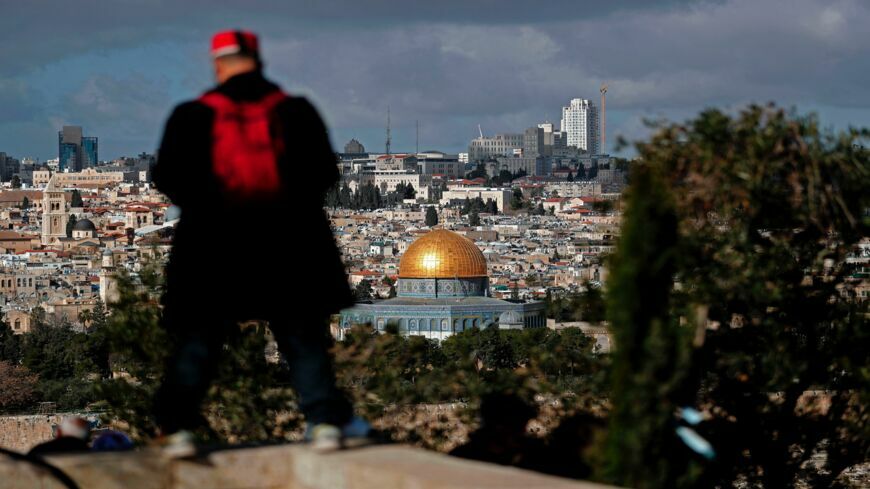Around 85% of the world’s Muslims are Sunni and about 15% are Shiite, and the groups rarely pray together – but Shoulder to Shoulder is hoping to change that. At Eid al-Adha prayers last week in India, several hundred Shiite and Sunni Muslims prayed together as a symbol of peace between the two Muslim sects. “In Uttar Pradesh, sectarian tensions surfaced occasionally between the two sects,” says Arif Durrani, a member of the interfaith group which started in Lucknow, India last year. “We came up with this idea of joint Shia-Sunni congregational prayer.”
According to Religion News Service, “their differences date back to a dispute over the succession to Prophet Muhammad for leadership of the Muslim community. Since that time, the sects’ religious rituals, traditions and customs — mostly related to legal codes — have followed two different routes. But violence between Shiites and Sunnis has intensified in recent years, especially in Syria, Iraq, Saudi Arabia, and in areas controlled by the Islamic State group, which has launched fierce attacks against Shiites in west Asia.”
However in India, the two sects have lived in peace for centuries according to RNS. Recently, another joint prayer service was held in a Shiite mosque in New Delhi sponsored by the group. “The members of Shoulder to Shoulder were convinced that this ‘namaz’ would be a defining moment in the history of Shiite-Sunni unity starting from Lucknow, where the Shia-Sunni divide is very distinct,” says Sibtain Baqri, a Shiite volunteer, using the Persian word for the five daily prayers offered by Muslims.
“We all were created by one God,” comments local Sikh community leader Gurmeet Singh, who attended the prayer service. “In a pluralistic society such initiative deserves to be backed by all.”



